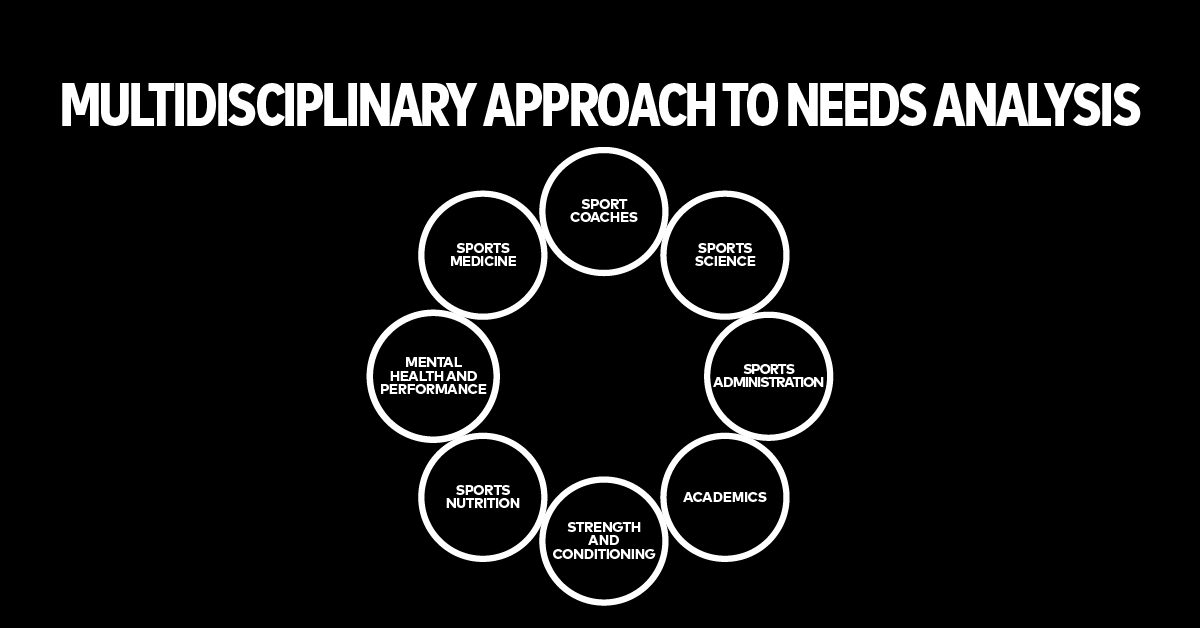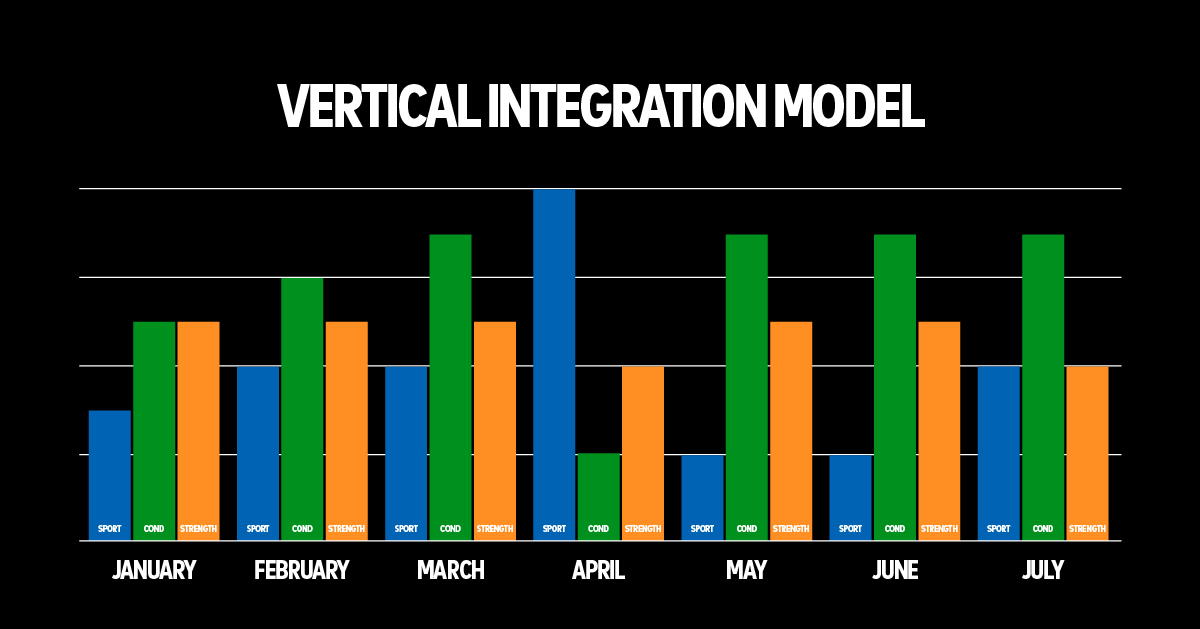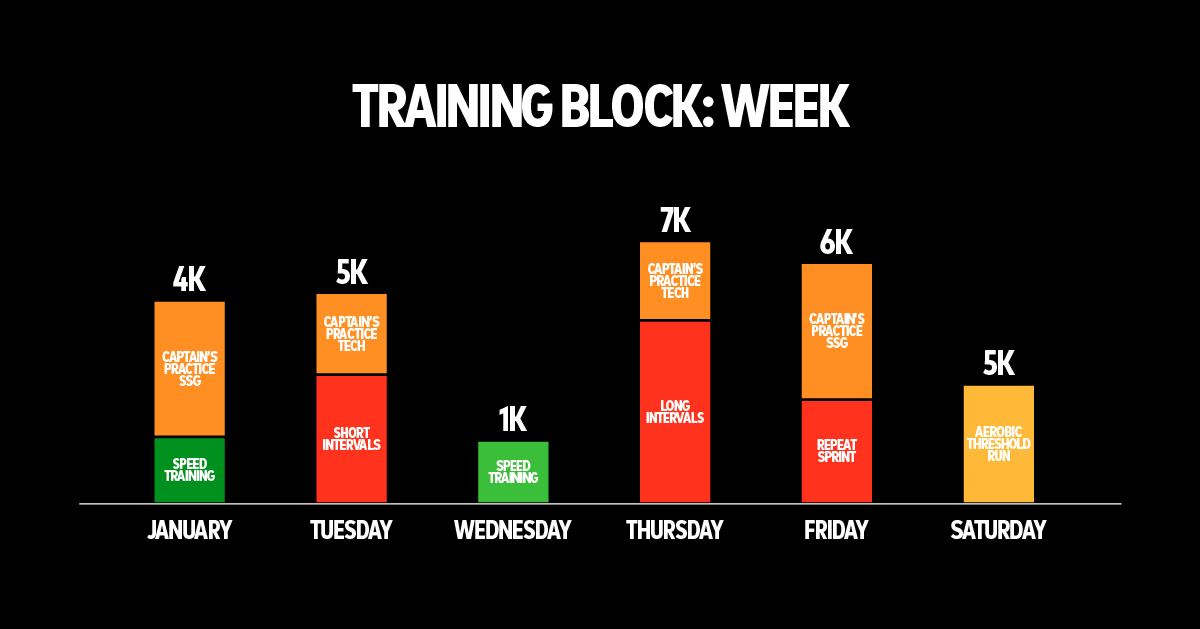4 conditioning principles used by Univ. of Louisville to improve athlete performance
- With the right principles and coaching, modern-day athletes can be effectively primed for competition.
- Highly conditioned athletes tend to exhibit high performance and, therefore, the best chance at success.
- A holistic approach and continuum testing are two ways to improve conditioning. Diagrams and other tools are included below.
According to a leading expert, the more conditioned your athletes are within a principled training framework, the better equipped they are at overcoming performance stresses. This positively correlates to how well they can compete individually and as a collective team.
Knowing the importance of effective conditioning, it is important for practitioners to get this process correct. With that in mind, Catapult reached out to leading expert Chad Workman, University of Louisville’s Assistant Director of Olympic Sports Performance, to share some insights.
Using the University of Louisville’s Field Hockey program as an example, Workman shared his insights during a recent webinar titled, ‘Collegiate Field Hockey: The Evolution of Conditioning’.
Under the guidance of Workman’s principles, the field hockey program has reached eight NCAA Tournaments, including five Final Four appearances.
By watching this webinar, you will learn:
- The importance of conditioning.
- How the conditioning theory has progressed over time.
- Why the introduction of technology has impacted decision-making and interventions within training.
To watch the full webinar, view the video below:
What is conditioning and why it is important
Workman defines conditioning as “the process of training to become physically fit through a regimen of exercise, diet, and rest.” Essentially, by conditioning your athletes you ensure they are effectively prepared to meet the demands of competition.
“Conditioning is vitally important to individual and team performance and positively correlates to high-intensity outputs in competition … and this is shown across various research and literature, as well as our practice,” said Workman.
Since conditioning correlates to successful performance outcomes, Workman and his staff at the University of Louisville developed a framework of four key principles to ensure the program’s athletes are primed for competition, maximizing their chance at success.
By following this framework and using Catapult’s athlete monitoring data to analyse individual performance with team success, the field hockey program has found “consistently high physical outputs, leading to greater changes of ending matches with a win or tie … physical conditioning is not the only deciding factor in collegiate athletics but it has increased athletes’ physical output, the robustness of key players and starters, as well as increasing the number of substitutes available for matches,” said Workman.
When summarizing, Workman said: “when done correctly, conditioning interventions can be one of the most impactful stimuli we can give a field sport athlete.”
→ To learn more athlete monitoring data, and discover how it can help your team’s success, click here.
4 conditioning principles for practitioners to improve performance
Principle #1 Holistic needs analysis
A needs analysis is a formal process of identifying and assessing the training that athletes should engage with to meet the specific demands of a sport and its competition.
“Typically, practitioners look at the physical aspects of their respective sport and athletes. For example, an athlete’s endurance, speed, strength, biomechanical movements, etc. But for the modern-day athlete, they should lead a more holistic multidisciplinary approach to ensure their analysis encompasses all the factors impacting performance.”

“Adopting this approach lets you lead a high-performance philosophy, this essentially means you consult all stakeholders to find out what is going on with the athlete holistically,” said Workman.
“This is the best approach to a needs analysis as it enables you to set individual goals aligned to their area of performance in which the athlete can improve in most,” and this may or may not be an athlete’s physical output.
Principle #2 Continuum performance testing
Fitness testing should be used to inform the training process and help staff with decision-making. To best inform this process, practitioners should move away from pass/fail tests, according to Workman.
“Pass/fail tests create test anxiety, accountability issues (i.e what do you do if your best player does not achieve the pass testing standard, are you going to still play them?), and begrudging conditioning as you create negative connotations toward testing and your measure of improving individual and team performance.”
Instead, practitioners should move to tests that measure athletes along a continuum or within testing bands. With reference to field hockey, here are the testing bands for three key tests:
| Endurance measure | Collegiate Division 1 | Elite (international) |
| Yoyo IR 1 | 14.1-18.3 | 16.5-19.3 |
| 30-15 IFT | 17-21 | 19-21 |
| Maximal aerobic speed | 3.8-4.4 m/s | 4.4-4.6 m/s |
“Using this continuum approach, we have seen testing anxiety decrease, student-athlete buy-in increase, as well as program compliance and long term results,” said Workman.
Principle #3 Vertical Integrated Periodization
Conditioning periodization is a training planning strategy that includes pre-planned variation in specificity, intensity, volume, frequency and session type.
“Traditionally, programs and teams follow a linear progression where intensity and volume increase steadily building up to competition … whilst this linear progression is fair, it is more effective to lead with a vertical integration model,” said Workman.
Vertical integration model example:

To apply this approach you should blend sport-specific drills, conditioning, and strength development. “In doing so, you allow our athletes to come to key parts of the season with well-developed endurance and less chronic development issues,” said Workman.
Principle #4 Specific, individualized coaching methods
Effective coaching methods require specific, individualized training to maximize athlete development and output.
“Individual prescription and specificity across your coaching is an area for effective practice. The more specific you can be, the more accurate your coaching is to your athletes’ improvement needs,” said Workman.
Specificity can be applied across, “for example, small-sided games, tempo runs and various other coaching sessions.” Workman outlined what specific coaching looks like across a training week in the University of Louisville’s field hockey program:
